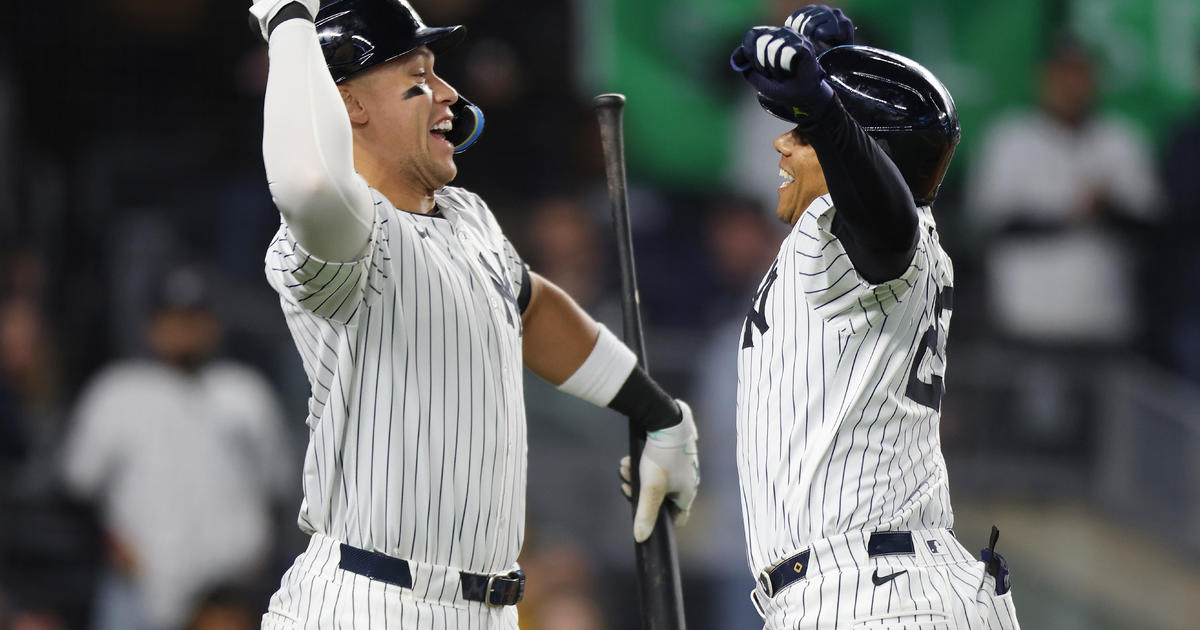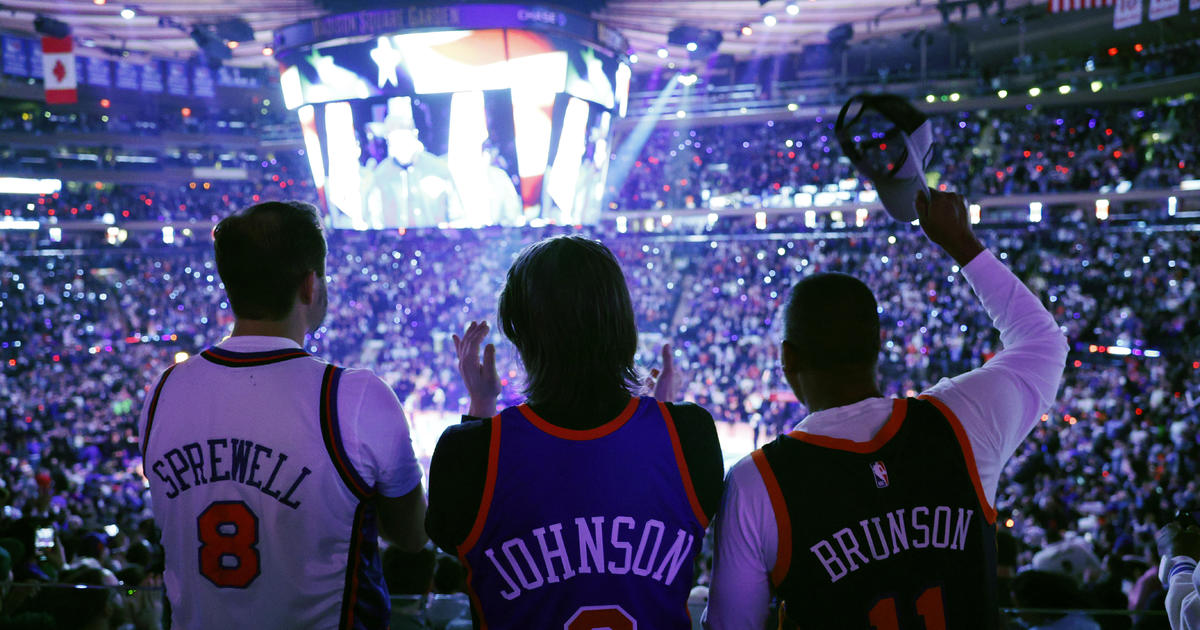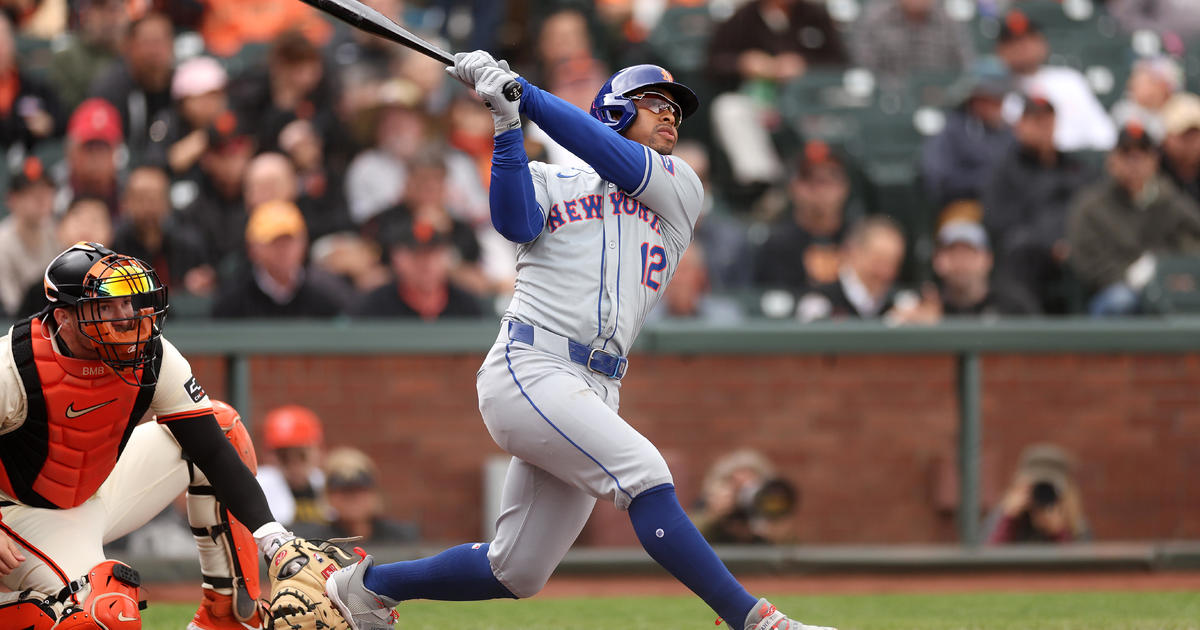Sims: A Bruise? Were You Buying It?
By Abby Sims
» More Columns
After Mark Sanchez took a hard hit late in the Jets third pre-season game and landed on his right shoulder, initial reports were that he'd sustained a deep contusion, a bruise. That never seemed likely, since the impact that generally causes an isolated bruise – like taking a helmet to the shoulder might – generally doesn't also involve the type of trauma that landing on the shoulder does. Unfortunately, I know this not only from experience as a physical therapist but also on a more personal level having been hit by a car and thrown onto my right shoulder. But that's a whole other story.
More recent reports on Sanchez have stated a range of things, and have done little to clarify the picture. In some, he was said to have suffered a torn labrum, while other columns said that he'd had a shoulder separation. It was also noted by several writers that, in addition to the new insult, Sanchez already had an underlying labral tear. Some reporters stated that immediately following the injury, team physicians reduced Sanchez's shoulder separation (put the joint back in alignment) and that he subsequently had only a shoulder subluxation. Others spoke of Sanchez having had a frank dislocation. So, which was it, and why the mystery? Like you, I will wait and see once more information is released. However, the bottom line doesn't look good for the quarterback who needed this season, possibly even as a backup, to prove he's a keeper.
First, let's distinguish one diagnosis from the other. View image.
Shoulder dislocations versus subluxations and separations
All three are separate and distinct diagnoses.
A shoulder dislocation occurs when head of the humerus – the bone of the upper arm – separates from its socket at the shoulder joint (also known as the glenohumeral joint). The socket, or glenoid, is a portion of the scapula (shoulder-blade). Structures that provide stability to the joint are damaged due to the trauma resulting in dislocation.
A dislocated shoulder may reduce (go back into place) spontaneously, though many require assistance in order to restore alignment. Surgical intervention to repair injured structures and restore stability to the shoulder may become necessary, particularly for athletes – due to the demands of sport – or young people (<18 at time of initial injury) who are likely to have repeated episodes after the initial trauma.
A shoulder subluxation is essentially a partial dislocation, and it too places undue stress on surrounding soft tissues and stabilizing structures. In fact, a major study of West Point cadets concluded that the damage caused by subluxations, which occur with greater frequency than dislocations, is likely to be as serious as those from dislocation.
A shoulder separation is an entirely different diagnosis from the others already discussed. The term refers to the separation of the clavicle (collarbone) from its attachment at the acromion (which is a part of the scapula that looks like a hood over the shoulder joint). Though a part of the shoulder girdle, the AC (acromioclavicular) joint is not a part of the shoulder joint. View image.
The shoulder labrum
The labrum is a firm fibrocartilagenous structure that is attached to the inner socket of the shoulder and hip joints. In both cases, the labrum deepens the socket in order to provide more stability for the joint. By almost cupping the rim of the rounded head of the humerus at the shoulder and that of the femur at the hip, the labrum allows for the extraordinary ranges of motion at these "ball and socket" joints while protecting them from dislocation. Ligaments (which connect one bone to another at each joint) and the joint capsule (which surrounds each joint and its ligaments) are the other structures that serve to provide joint stability. At the shoulder, some of these ligaments attach directly to the labrum.
The Labrum is also the uppermost attachment of the long head of the biceps, the muscle in the upper arm whose primary function is to bend (flex) the elbow. Interestingly, studies have shown that the long head of the biceps also plays a large role in providing shoulder stability. It follows then that a labral tear that disrupts the origin of the long head of the biceps has an even greater impact on stability than one that does not. These are the ones that require surgery.
How can a labrum tear?
The most common injury to the labrum is not so much a tear as a dislocation of its upper (superior) end, running from the front (anterior) toward the rear (posterior) end of the structure. This is known as a SLAP Tear (Superior Labrum, Anterior to Posterior). Traumatic mechanisms of injury involve falling onto the shoulder, suffering a blow directly to the shoulder, or a dislocation – all of which are common in contact sports. Most shoulder dislocations affect the anterior (front) compartment of the shoulder and occur with trauma while the arm is elevated and outwardly rotated – as when going for a rebound in basketball.
Labral tears are also common amongst throwing athletes due to repetitive activities that stress the anterior compartment, like the cocking position of pitching. Other overhead sports can stretch the stabilizing structures of the front of the shoulder joint, stressing the labrum and creating tears from explosive motion or degenerative tears from wear and tear. This is especially the case when the rear (posterior) portion of the joint capsule is too tight.
Follow Abby on Twitter @abcsims.



